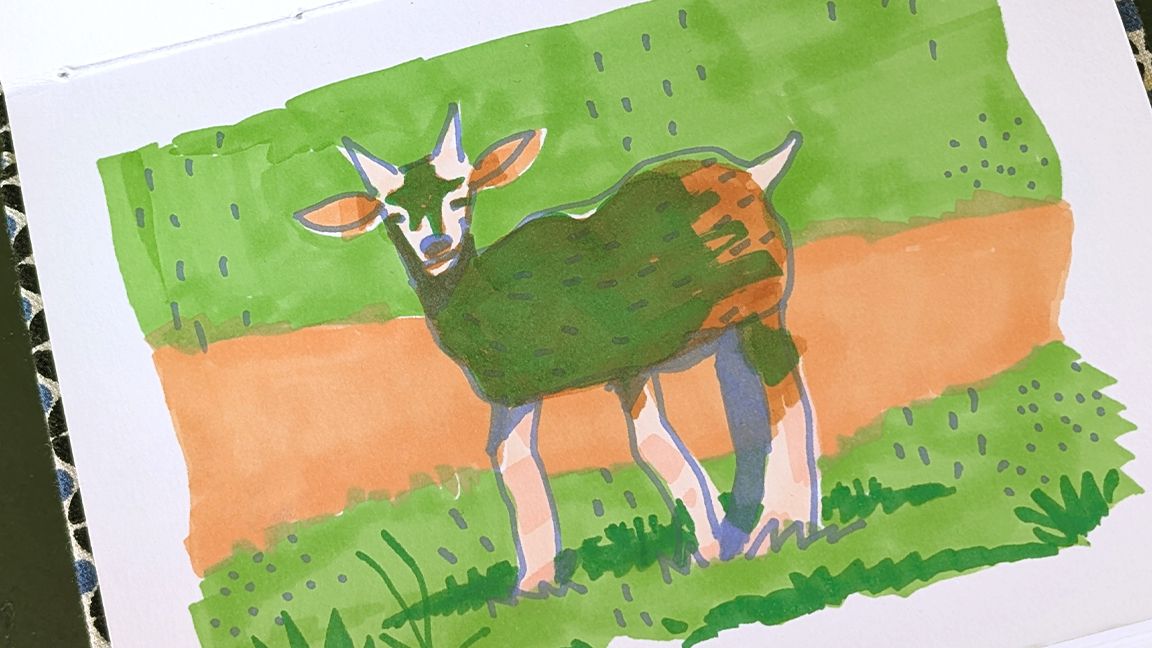Dangiuz is a true visionary! His incredible ability to craft breathtaking science fiction scenes has not only captivated audiences but also attracted prestigious clients like Adobe, Maserati, Maxon, and NVIDIA. By harnessing the fantastic premium 3D model library of KitBash3D, he transforms his creative ideas into stunning visual masterpieces. Remember, the tools you choose can elevate your art to new heights! So, let your imagination soar and create the extraordinary!
#Dangiuz #3DArt #KitBash3D #Inspiration #CreativeJourney
#Dangiuz #3DArt #KitBash3D #Inspiration #CreativeJourney
Dangiuz is a true visionary! 🌌✨ His incredible ability to craft breathtaking science fiction scenes has not only captivated audiences but also attracted prestigious clients like Adobe, Maserati, Maxon, and NVIDIA. 🎨🚀 By harnessing the fantastic premium 3D model library of KitBash3D, he transforms his creative ideas into stunning visual masterpieces. Remember, the tools you choose can elevate your art to new heights! So, let your imagination soar and create the extraordinary! 🌈💪
#Dangiuz #3DArt #KitBash3D #Inspiration #CreativeJourney















